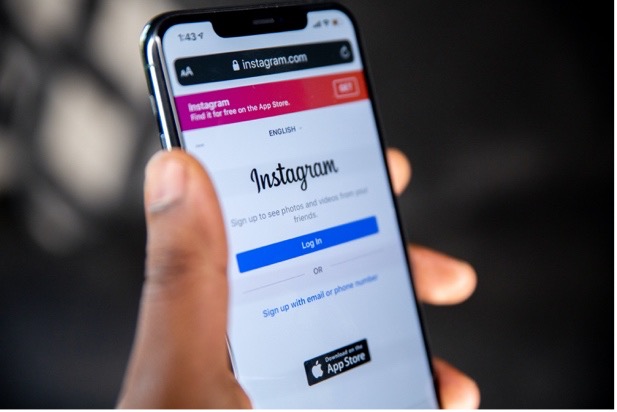Maximizing Instagram Shopping Capabilities

Understanding and catering to the user purchase journey has become an essential ecommerce strategy to maintain relevancy, especially considering recent iOS 14.5 tracking implications. As more social media platforms begin to incorporate and enhance native shopping features, it’s important to keep an eye on up-and-coming tools and trends to stay ahead of the game.
It’s no secret that Instagram has made big strides to become a leader in social media ecommerce in recent years. By honing in on improving their user experience and expanding their shopping capabilities, Instagram now estimates that over 44% of its user base shops within the app on a weekly basis. More social platforms have entered the in-app shopping space. Taking advantage of all the features that Instagram has implemented over the years can help fully maximize the customer shopping experience and sustain attention from current and prospective buyers.
A refresher on Instagram Shopping
Instagram began testing the waters to explore shopping experiences in the app back in 2016 with their first major introduction of organic post product tagging. This feature allowed users to click through posts from their favorite brands to learn more about tagged products, offering a streamlined way to navigate to the brand’s website to shop online. Eventually, this evolved into the implementation of their in-app checkout feature to round out the purchase experience within the app, ultimately providing brands and marketers with deeper insights on the native user purchase journey.
Fast forward to 2020 when, at the forefront of the pandemic, Instagram rolled out Instagram Shops, an immersive, in-app marketplace experience. The introduction of Instagram Shops expanded the reach of both product and brand visibility beyond the feed alone, allowing users to click through to browse curated storefronts via the brand’s profile (along with Feed and Stories placements), further highlighting the ability to check out directly within the app. While the preliminary shopping features tested by Instagram had been introduced exclusively to high-awareness brands, such as Nike, Instagram has made their shopping features increasingly accessible over time for large and small businesses alike. That said, there are more brands competing for screen space than ever before, so following best practices to maintain user visibility and consideration is vital.
Product catalogs 101: keep them updated & focus on the details
The core element of leveraging Instagram as a successful ecommerce avenue is maintaining an up-to-date and accurate product catalog. The more detailed and well-positioned your products are, the more likely it is that users will feel confident enough to make an informed purchase. Some of the key product catalog elements include:
- Filling in all catalog fields, including the product name, description, category, and other details such as size or color
- Maintaining updated inventory counts, as well as accurate pricing and shipping details, and highlighting sales or discounts when applicable
- Adding a variety of product details along with high-quality photos and videos to showcase the product in action. When incorporating video assets, including captions is highly recommended when applicable
It’s also recommended that businesses use one catalog for their shop, with the ability to merge several catalogs into one if needed. This catalog can be easily incorporated between Facebook and Instagram shops if they’re utilized on both platforms.
Use new product tagging features to your advantage
In the past, only businesses and verified partners were able to tag products in Instagram posts, linking them directly to the product’s information based on the product catalog. However, Instagram recently expanded this feature to all qualified Instagram users in the U.S., increasing the potential for higher product exposure through organic posts directly from consumers. While Instagram has rolled this feature out across brands with shops on the platform by default, the option to opt-out or control tagging capabilities can be modified at any time. With this in mind, below are some best practices to leverage product tagging, whether from your Instagram page or from purchasers:
- Tag your products across post formats (including Feed posts, Stories, and Reels) to increase visibility across your account
- Spread out product tags within posts when tagging multiple products to prevent difficulty clicking through to see product information. If more space is needed, consider using carousel ad formats to showcase a broader number of products
- Monitor and manage product tags from organic posts on a consistent basis to avoid any negative uses of the feature from consumers
- Use product tags in paid ads and boosted posts in addition to organic posts. Paid placements can reach more audiences and scale at a faster rate, and incorporating product tags enhances the discovery-to-purchase process
Key takeaways for marketers
As more social media platforms introduce and expand their in-app shopping capabilities, staying on top of new features can help elevate your visibility among consumer audiences. With targeting and tracking limitations due to iOS 14.5 becoming a roadblock in marketing strategies as we know it, putting additional consideration into more manageable pieces of the puzzle, such as content and delivery, is something that brands and marketers alike need to prioritize now more than ever. Consistently making modifications to best suit your customers’ needs and enhance their shopping experience can, ultimately, make the difference between a cart abandoner and a returning purchaser.


